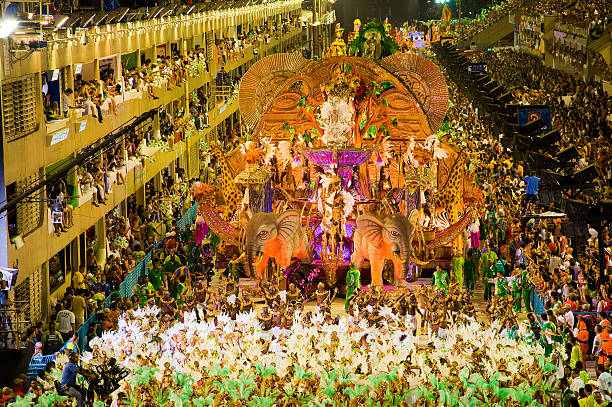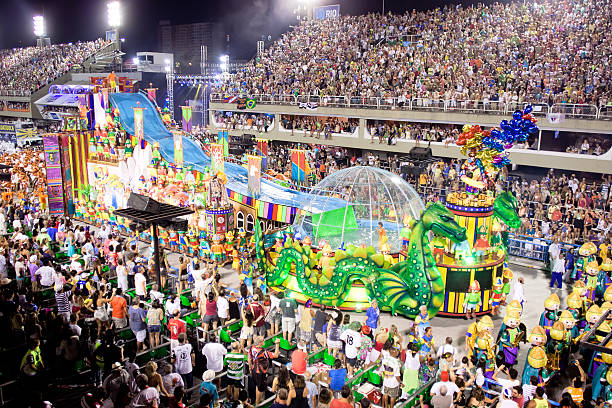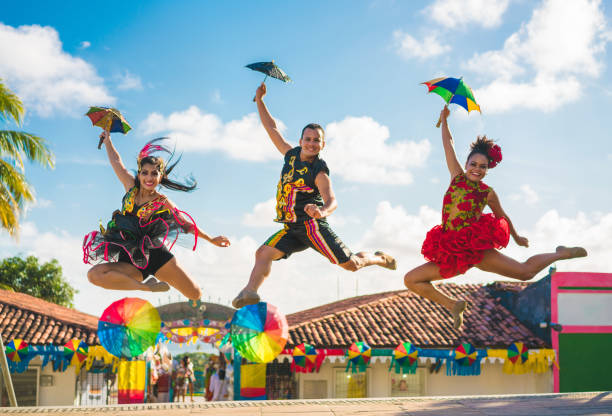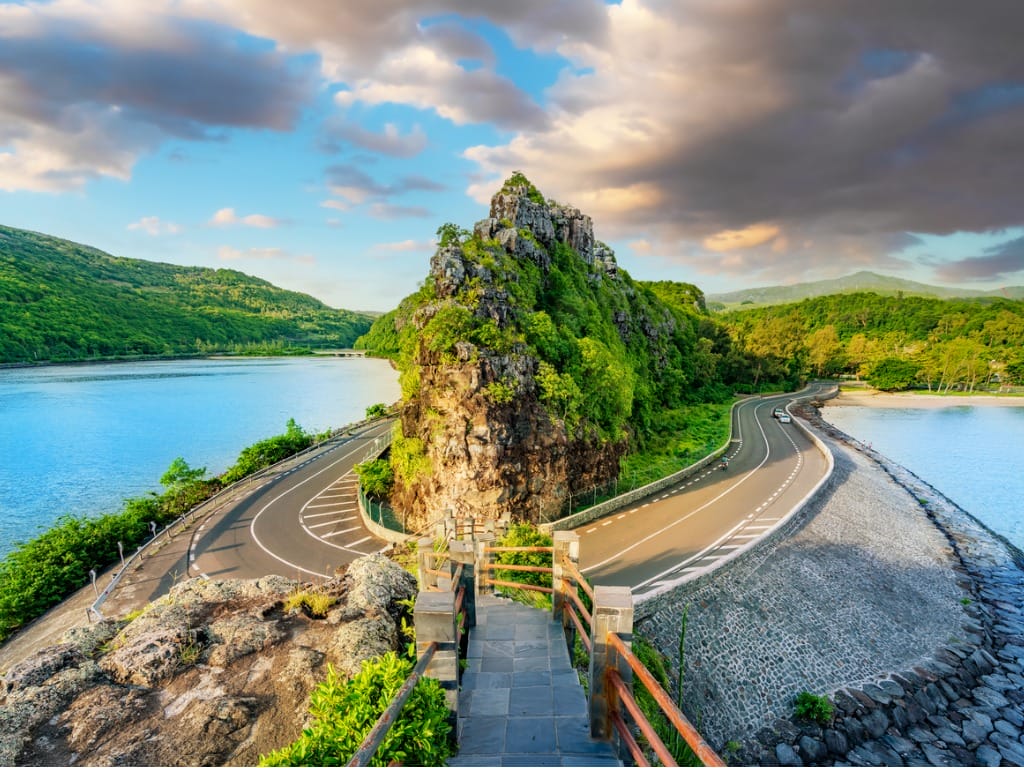If you’re looking for an unforgettable cultural experience filled with vibrant music, dance, and excitement, then look no further than Brazilian Carnival! This annual event is a feast for the senses, showcasing the rich history and traditions of Brazil. From the dazzling costumes to the electrifying samba rhythms, Brazilian Carnival is a celebration like no other. Get ready to immerse yourself in this samba-licious spectacle that you absolutely must experience!

Understanding the Origins of Brazilian Carnival
The roots of Brazilian Carnival can be traced back to ancient Roman festivals, brought to Brazil by Portuguese colonizers. Over the years, it has evolved into a unique blend of European, African, and indigenous traditions. Carnival originally served as a time for Catholics to indulge before the austere period of Lent began. However, it soon became a celebration that embraced Brazil’s multicultural heritage.
As the Portuguese colonizers settled in Brazil, they brought with them their own traditions and customs. One of these was the concept of Carnival, which was originally a pagan festival celebrated in ancient Rome. The Romans would gather in the streets, wearing masks and costumes, and engage in wild festivities that included music, dancing, and feasting. This tradition was eventually adopted by the Catholic Church as a way to mark the beginning of Lent, the 40-day period of fasting and reflection leading up to Easter.
However, when Carnival arrived in Brazil, it took on a life of its own. The Portuguese colonizers, along with the African slaves they brought with them, infused the festival with their own cultural practices and traditions. The result was a vibrant and dynamic celebration that reflected the diverse heritage of the Brazilian people.
The Cultural Significance of Carnival in Brazil

Carnival holds immense cultural significance in Brazil. It reflects the country’s diversity and serves as a platform for self-expression and creativity. For many Brazilians, Carnival is a way to celebrate their heritage and showcase their artistic talents. It’s a time when social hierarchies are temporarily set aside, and people from all walks of life come together to celebrate.
During Carnival, the streets of Brazil come alive with vibrant colors, elaborate costumes, and infectious music. Samba schools, which are community organizations dedicated to the preservation and promotion of samba music and dance, play a central role in the festivities. These schools spend months preparing for Carnival, creating intricate floats, designing dazzling costumes, and rehearsing their performances.
For the participants, Carnival is not just a party; it’s a way of life. The preparations and rehearsals are a labor of love, a testament to their dedication and passion for their cultural heritage. Through their performances, they tell stories, convey messages, and express their individuality. It’s a time when the streets become a stage, and everyone is invited to join in the celebration.
The Evolution of Brazilian Carnival Over the Years
Throughout its history, Brazilian Carnival has undergone numerous transformations. From simple street parties to extravagant parades, the event has evolved into a world-renowned spectacle. The addition of samba music and dance in the early 20th century revolutionized the Carnival experience, transforming it into the lively and energetic celebration we know today.
Samba, a genre of music and dance that originated in the Afro-Brazilian communities of Rio de Janeiro, became synonymous with Carnival. Its infectious rhythms and energetic movements captivated the crowds and became an integral part of the festivities. Samba schools emerged as the driving force behind the Carnival parades, with each school competing to create the most impressive and memorable performance.
Over the years, the Carnival parades have become more elaborate and extravagant. The floats have grown bigger, the costumes more intricate, and the performances more theatrical. Today, the parades are a dazzling display of creativity and artistry, with thousands of participants taking part in the procession.
But Carnival is not just about the parades. It’s a celebration that takes over the entire country, with street parties, live music performances, and spontaneous gatherings happening in every corner of Brazil. From the bustling streets of Rio de Janeiro to the historic neighborhoods of Salvador, Carnival is a time when the whole nation comes together to revel in the spirit of joy and unity.
The Role of Samba in Brazilian Carnival

Samba is the soul of Brazilian Carnival. Originating in the Afro-Brazilian communities of Rio de Janeiro, samba music and dance have become synonymous with the festival. Throughout Carnival, samba schools compete in fierce parades, showcasing their dazzling costumes, elaborate floats, and synchronized dance routines. The infectious rhythms of samba fill the streets, captivating both participants and spectators alike.
The Colorful Costumes and Floats
One cannot talk about Brazilian Carnival without mentioning the elaborate costumes and floats. Designed with meticulous attention to detail, these vibrant ensembles represent everything from mythical creatures to historical figures. Each costume is a work of art, adorned with feathers, sequins, and glitter. The floats, meanwhile, are like moving stages, displaying breathtaking scenes that transport viewers to a world of fantasy and wonder.
The Exciting Street Parties and Parades
One of the most thrilling aspects of Brazilian Carnival is the street parties and parades that take place throughout the country. Known as blocos, these gatherings gather thousands of people who dance, sing, and celebrate in the streets. From the iconic blocos in Rio de Janeiro to the traditional street parties of Salvador, these outdoor celebrations create an electric atmosphere that is truly contagious.
The Unforgettable Rio de Janeiro Carnival

No discussion of Brazilian Carnival would be complete without mentioning the Rio de Janeiro Carnival. Regarded as the largest and most iconic Carnival in Brazil, Rio’s Carnival is a spectacle on a grand scale. The world-famous Sambadrome comes alive with samba schools parading their way through, showcasing their artistry and passion. The city is also home to countless street parties, where locals and tourists alike can join in the festivities.
The Unique Salvador Carnival
Salvador, located in the northeastern region of Brazil, offers a completely different Carnival experience. Known for its Afro-Brazilian rhythms, Salvador’s Carnival is a mix of samba, reggae, and axé music. The city’s historic Pelourinho district transforms into a lively street party, with colorful costumes, live music, and energetic dancing. Salvador’s Carnival is an immersion into the vibrant culture of Bahia, where tradition and modernity collide.
The Traditional Olinda and Recife Carnival
In the northeastern states of Pernambuco, Olinda and Recife combine their Carnival celebrations to create a unique and captivating experience. Olinda’s historic town center provides the perfect backdrop for the festivities, with its colorful colonial buildings and cobblestone streets. The city is known for its giant puppets, called “bonecos,” which parade through the streets alongside traditional music and frevo dancers. Recife, on the other hand, hosts lively street parties known as “galo da madrugada,” featuring live bands and thousands of revelers.
Best Time to Visit for Carnival
Brazilian Carnival takes place in the weeks leading up to Lent, with the exact dates varying each year. The festivities typically reach their peak on the weekend before Ash Wednesday, known as the “Carnival weekend.” It’s during this time that the most significant parades and events occur, so be sure to schedule your visit accordingly.
Tips for Enjoying the Carnival Safely
As with any large-scale event, safety should be a top priority during Brazilian Carnival. Here are some tips to ensure you have a safe and enjoyable experience:
- Stay with a group of friends and avoid walking alone late at night.
- Be cautious of your belongings and keep them secure at all times.
- Stay hydrated and protect yourself from the sun with sunscreen and a hat.
- Follow the instructions of local authorities and event organizers.
- Avoid excessive alcohol consumption and drink responsibly.
Must-See Events During the Carnival
With countless events happening throughout Brazilian Carnival, it can be overwhelming to decide where to go. Here are a few must-see events that should be on your Carnival itinerary:
- Watch the samba school parades at the Sambadrome in Rio de Janeiro.
- Join the street parties in the historic center of Salvador.
- Experience the thrilling bonecos puppets parade in Olinda.
- Dance along with the crowds at the galo da madrugada in Recife.
- Immerse yourself in the vibrant blocos of São Paulo.
Brazilian Carnival is an extraordinary festival that encapsulates the spirit and diversity of Brazil. Whether you’re captivated by the elaborate costumes, fascinated by the rhythmic beats of samba, or simply want to immerse yourself in the vibrant street parties, this samba-licious spectacle is an experience you don’t want to miss. So, gather your friends, plan your trip, and get ready to dance your way into the heart of Brazilian culture!
Having visited Brazil, I can tell you that they are a people that enjoy dancing, partying and drinks! This is on full display during Carnival! You will be mesmerized by the floats, dancers and the pageantry that goes into making this one of the most incredible parties of the year. Be sure to try a Caipirinha or two and spend your time dancing the nights away!



